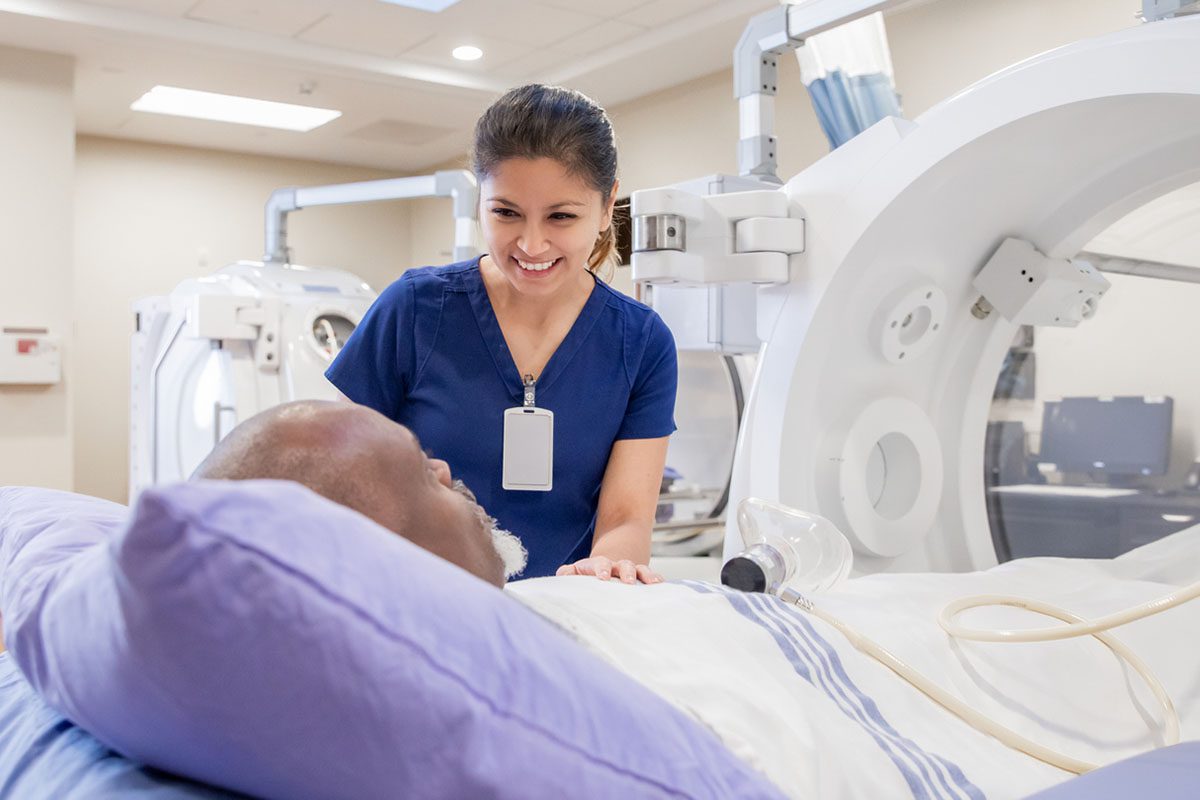Objective: Posttraumatic stress disorder (PTSD) is a debilitating psychiatric illness that frequently remains undiagnosed and untreated. While extensive research has been conducted among veterans, little research has evaluated course of treatment for PTSD in a general hospital setting.
Methods: We utilized data from the Partners HealthCare Research Patient Data Registry to evaluate mental health treatment utilization, including psychotherapy and pharmacotherapy, by patients with recently diagnosed primary PTSD following DSM-IV criteria between January 1, 2002, and June 30, 2011. We additionally evaluated predictors of treatment utilization 6 months postdiagnosis.
Results: Among 2,475 patients with recently diagnosed primary PTSD, approximately half (55.7%) had any therapy visit and 10% had at least 12 therapy visits in the 6 months following diagnosis. Approximately half (47.0%) received a psychiatric prescription, with 29.3% receiving a selective serotonin reuptake inhibitor (SSRI), 11.8% receiving an atypical antipsychotic, and 24.4% receiving a benzodiazepine. Latinos were 25% (95% CL = 1.09, 1.43) more likely to have an SSRI prescription, 35% (95% CL = 1.05, 1.75) more likely to have an atypical antipsychotic prescription, and 28% (95% CL = 1.19, 1.38) more likely to receive any psychotherapy. Women were 49% (95% CL = 0.42, 0.63) less likely to have an atypical antipsychotic prescription. Patients with Medicare were 23% (95% CL = 0.67, 0.88) less likely to have any psychotherapy, and patients with Medicaid were 35% (95% CL = 0.46, 0.92) less likely to have 12 or more therapy visits.
Conclusions: Many patients with a primary diagnosis of PTSD do not receive psychotherapy, and psychiatric prescriptions, including atypical antipsychotics and benzodiazepines, are common. Future research is needed to determine the quality of care received and explore subpopulation-specific barriers limiting access to care.
Please sign in or purchase this PDF for $40.00.




